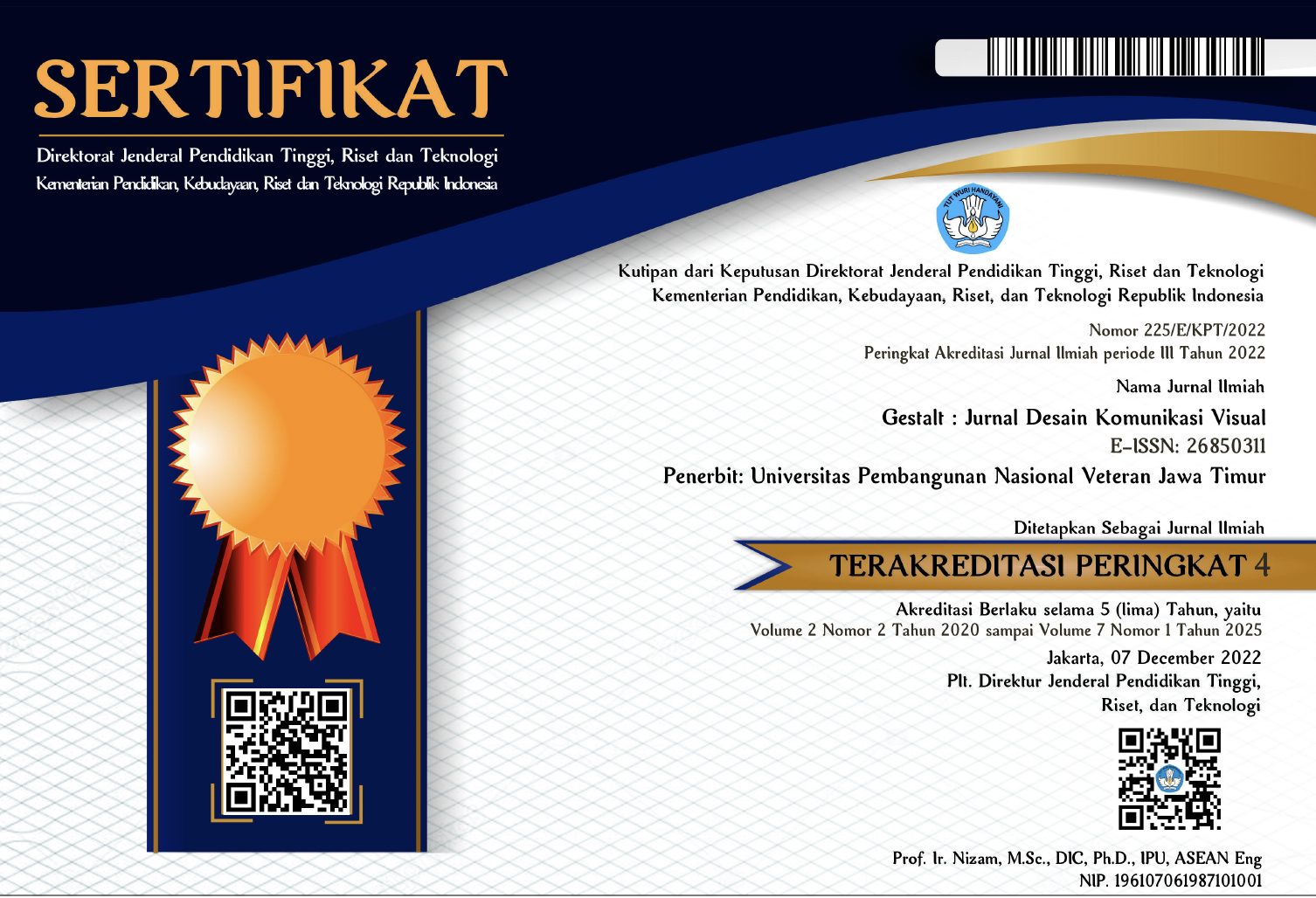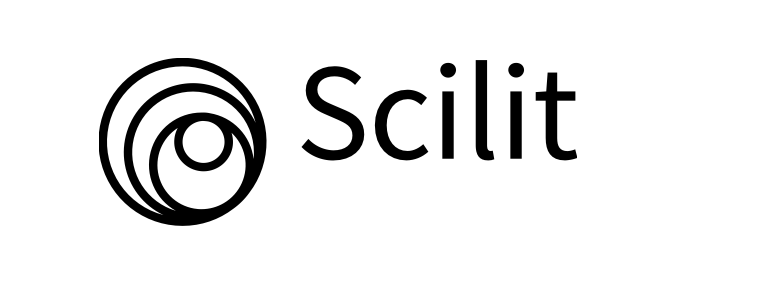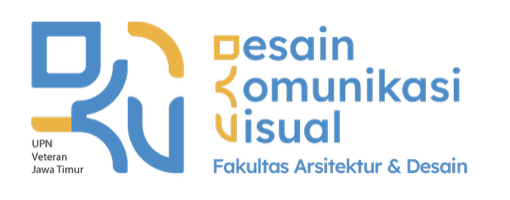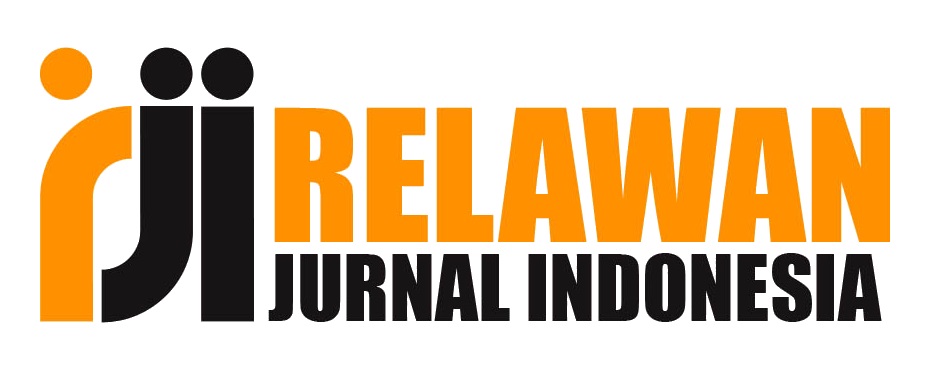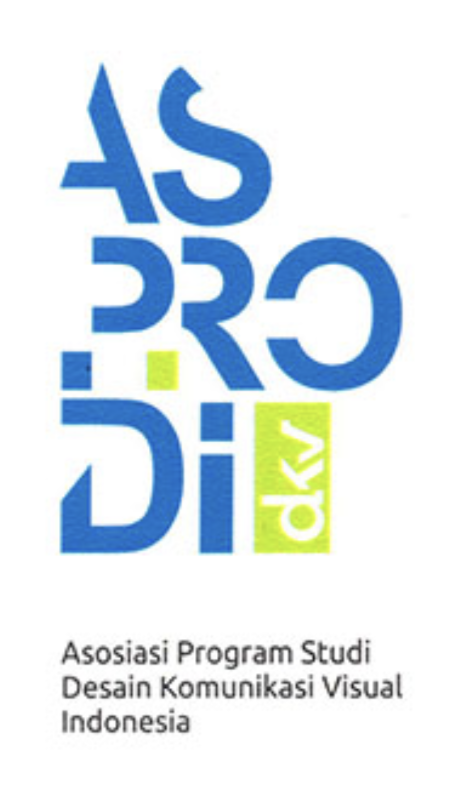Visualisasi Nilai Sekolah Ramah Anak Melalui Mural Edukatif di Sekolah Dasar
DOI:
https://doi.org/10.33005/gestalt.v7i2.490Keywords:
Sekolah Ramah Anak, mural edukatif, desain komunikasi visual, pendidikanAbstract
The Child Friendly School (CFS) concept aims to create a safe, inclusive, and supportive educational environment that fosters optimal child development. However, the communication of CFS values is generally still verbal and has not been maximized through communicative visual approaches. This study aims to design educational murals as a medium for visualizing CFS values within an elementary school environment. The research was conducted at Al-Amanah Islamic Elementary School in Cileunyi, Bandung. A qualitative-descriptive approach was employed, with data collected through observation, interviews, and literature studies. The results show that murals designed with a cheerful, communicative, and age-appropriate visual style are expected to represent child-friendly facilities and infrastructure while promoting values such as religiosity, enthusiasm for learning, and the habituation of the 6 S behaviors: smile, greet, say hello, be polite, be courteous, be cheerful, anti-bullying and cooperation. These mural not only enhance the physical appearance of the school environment but also serve as an indirect learning medium that encourages character building in students. This study recommends educational murals as an effective visual strategy to support the sustainable implementation of Child Friendly Schools.
Keywords: Child Friendly School, educational mural, visual communication design, elementary education
Downloads
Downloads
Published
How to Cite
Issue
Section
License
Copyright (c) 2025 Taufiq Wahab, Syarip Hidayat, Nezatama Akbar Prawira, Alya Putri Raharjo

This work is licensed under a Creative Commons Attribution 4.0 International License.



